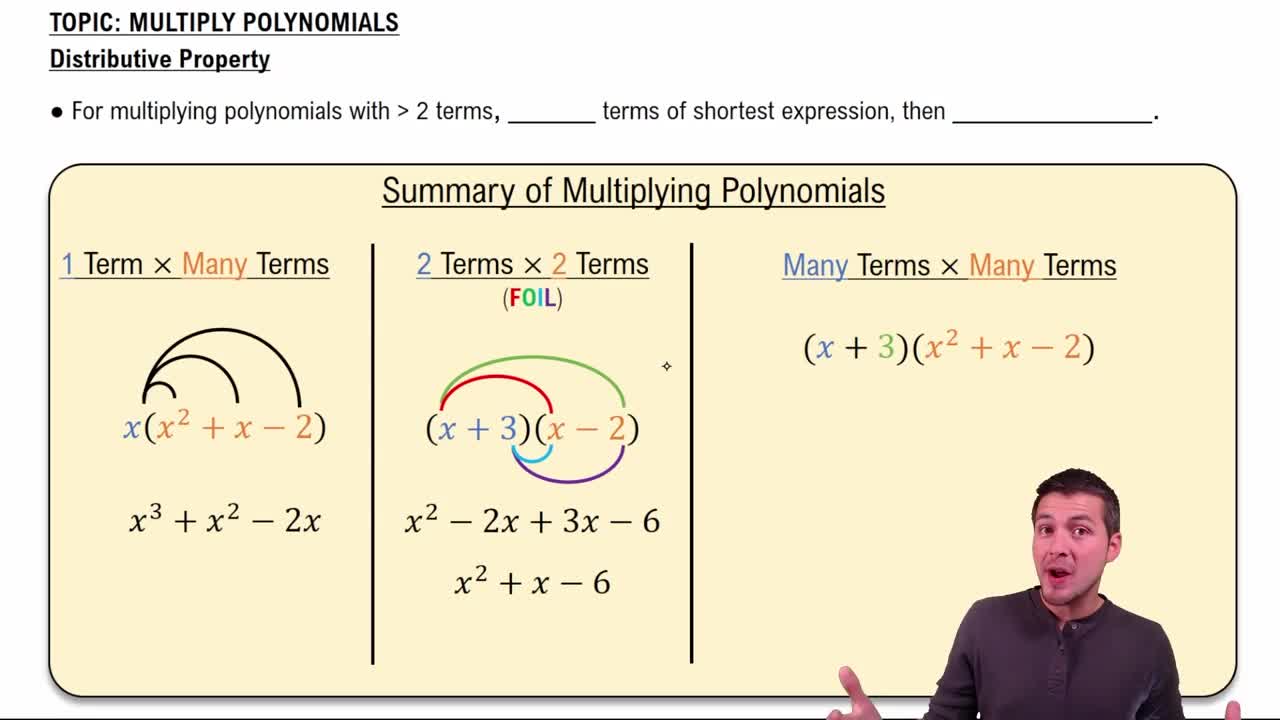Here are the essential concepts you must grasp in order to answer the question correctly.
Intermediate Value Theorem
The Intermediate Value Theorem states that if a continuous function takes on two values at two points, then it must take on every value between those two points at least once. This theorem is crucial for proving the existence of roots in a given interval, as it guarantees that if the function changes signs over that interval, a real zero exists.
Recommended video:
Introduction to Hyperbolas
Continuous Functions
A continuous function is one where small changes in the input result in small changes in the output, meaning there are no breaks, jumps, or holes in the graph. For the Intermediate Value Theorem to apply, the function in question must be continuous over the interval being considered, which is true for all polynomial functions.
Recommended video:
Graphs of Common Functions
Polynomials and Their Properties
Polynomials are mathematical expressions involving variables raised to whole number powers, combined using addition, subtraction, and multiplication. They are continuous and differentiable everywhere on the real number line, which makes them suitable for applying the Intermediate Value Theorem to find real zeros within specified intervals.
Recommended video:
Multiply Polynomials Using the Distributive Property
 Verified step by step guidance
Verified step by step guidance Verified video answer for a similar problem:
Verified video answer for a similar problem:



 6:04m
6:04m